#barocco
Text
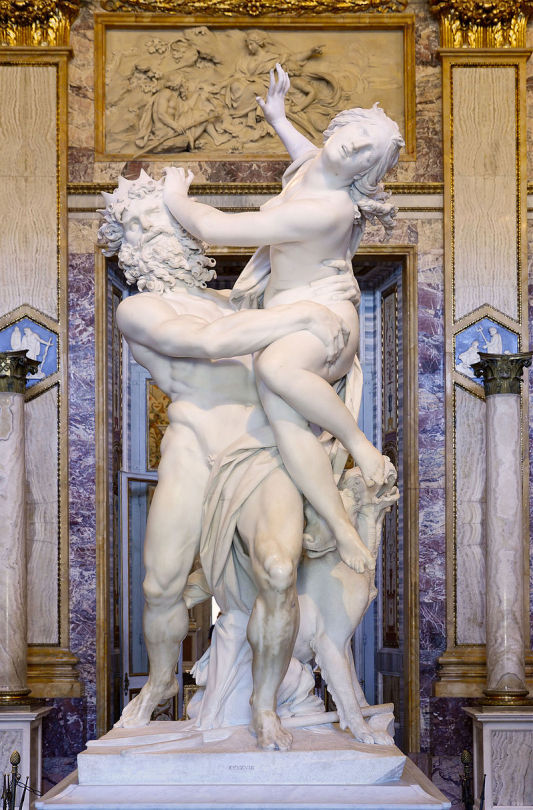
The Rape of Proserpina, Gian Lorenzo Bernini, 1621-1622, marble, Galleria Borghese, Rome.
#sculpture#art history#persephone#proserpina#hades#bernini#greek mythology#barocco#marble#galleria borghese#mythological art
153 notes
·
View notes
Text
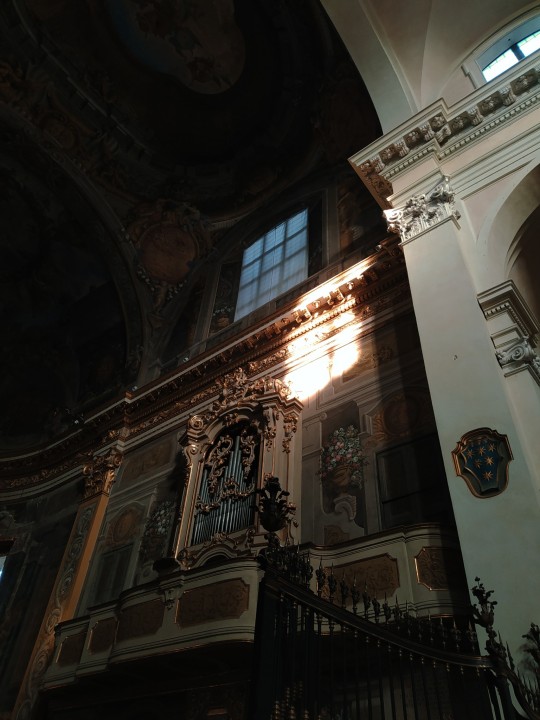
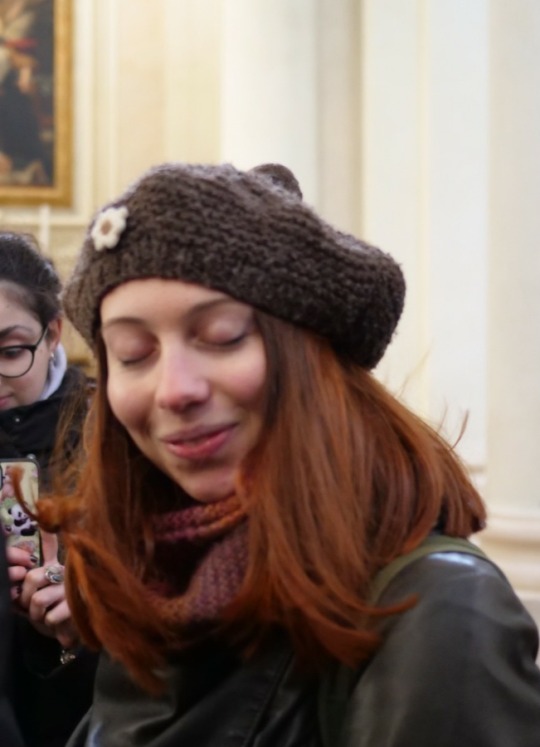

piccioli attimi di luci e sorrisi
#foto#fotografia#scatti#photo#photography#foto mie#dark aesthetic#dark academia#basilique#church#barocco#baroque art#baroque architecture#baroque aesthetic#baroque#guido reni#lavinia fontana#elisabetta sirani
71 notes
·
View notes
Text
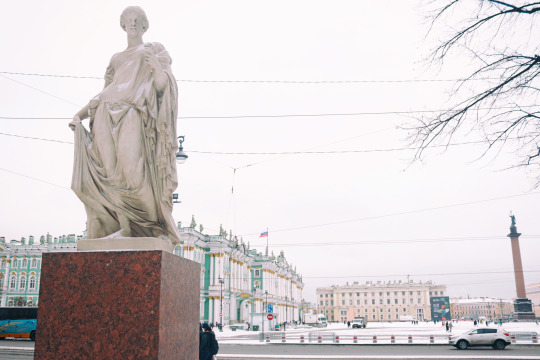
I Bet She's Frozen.
#original photographers#statues#december#saint petersburg#architecture#barocco#antiques#photography#photographers on tumblr#street photography#aesthetic#cityscape#urban photography#уличная фотография#архитектура#санкт петербург#статуя#эстетика#пейзаж#canon#canon photography
72 notes
·
View notes
Text
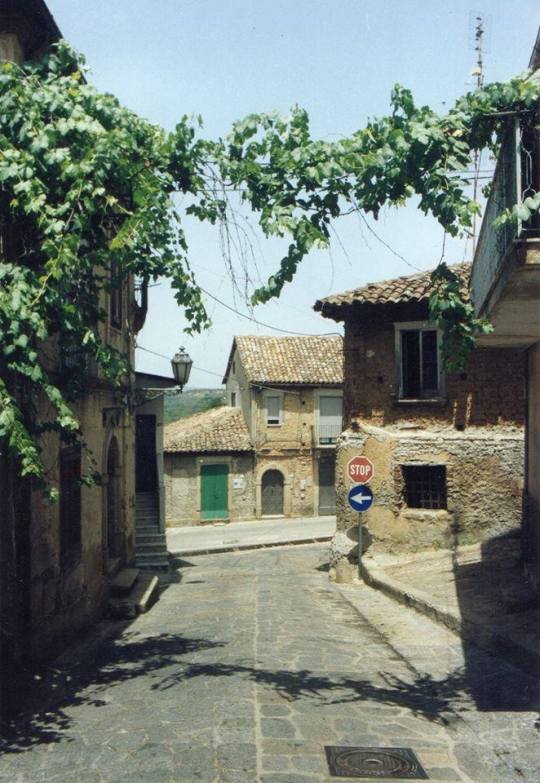

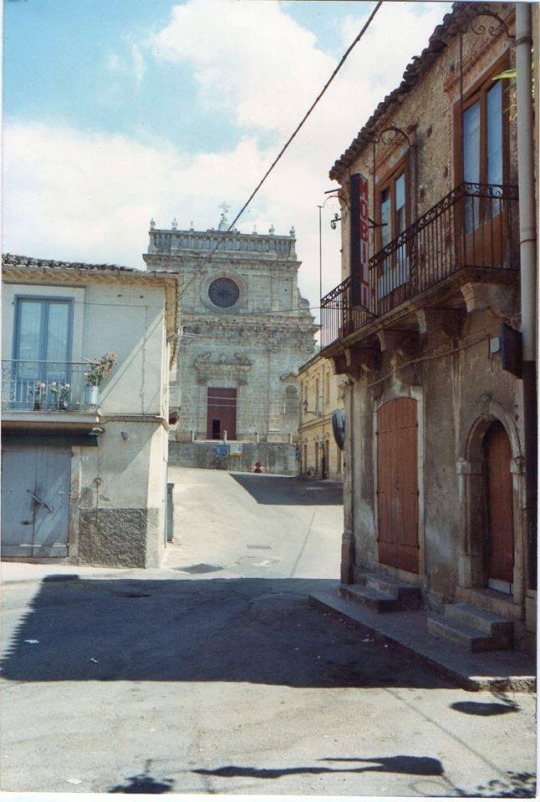
Vintage photos of Soriano Calabro, Calabria, Italy
Photos by Turismo Soriano Calabro
Follow us on Instagram, @calabria_mediterranea
#soriano calabro#calabria#italy#italia#south italy#southern italy#italian#mediterranean#europe#landscape#italian landscape#landscapes#architecture#barocco#church#italian landscapes
45 notes
·
View notes
Text




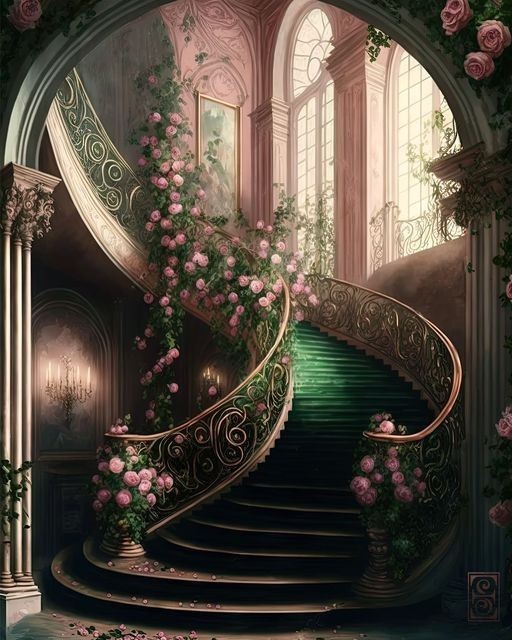
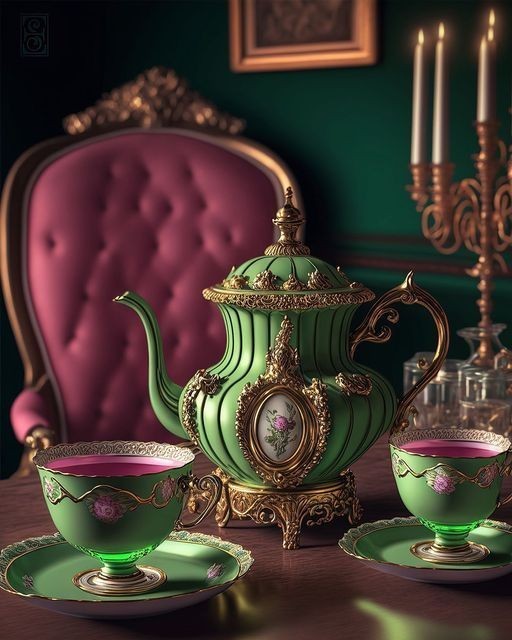
Castle of Dreams
372 notes
·
View notes
Text
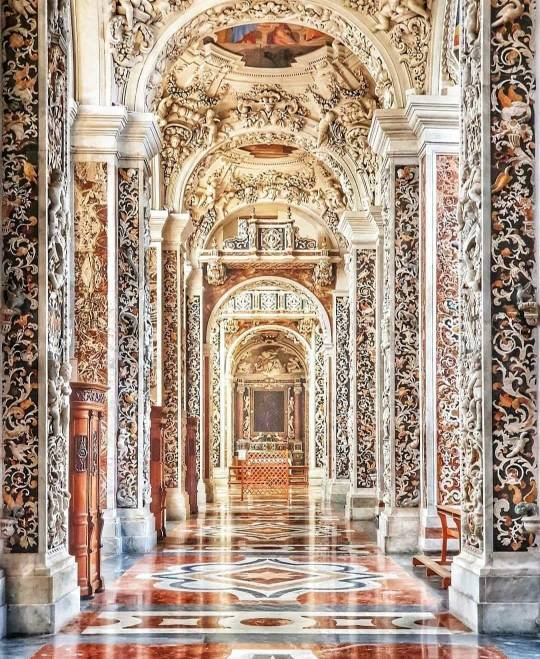
Ιn Sicilia esiste una delle Chiese barocche più belle al Mondo:
La chiesa del Gesù, nota anche come Casa Professa si trova nel centro storico di Palermo e risale a dopo la metà del 1500 quando fu ristrutturata l'abbazia di Santa Maria della Cerotta ed altri edifici vicini.
142 notes
·
View notes
Text
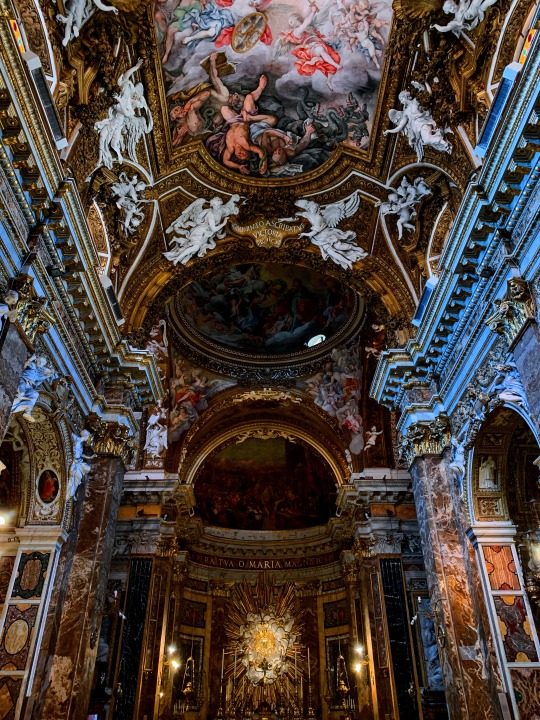
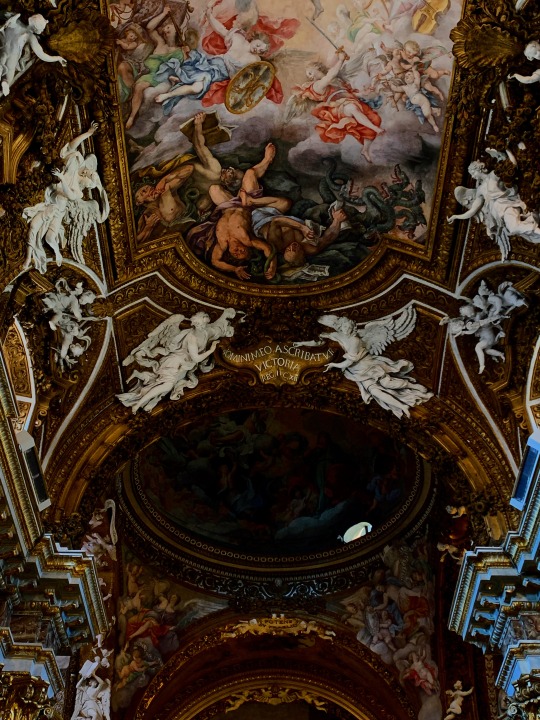
chiesa di santa maria della vittoria, roma / ottobre 2021
#roma#rome#my posts#chiesa#church#cathedral#vatican#italy#italia#baroque#barocco#rococo#rococco#dark academia#academia#sculpture#bernini#renaissance#michelangelo#museum#basilica#painting#art history#history
150 notes
·
View notes
Text
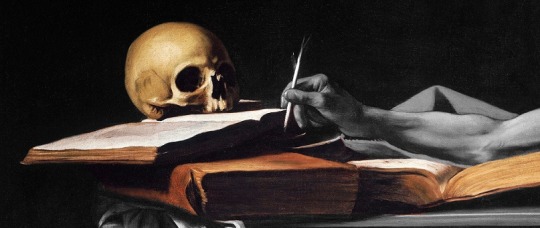
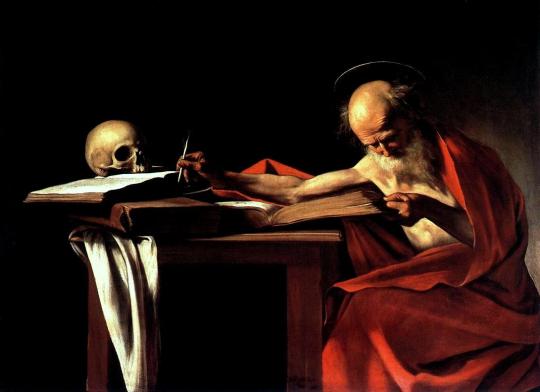
Saint Jerome Writing, 1605-06
one of my favourites
#caravaggio#dark academia#art academia#art#michelangelo merisi#aesthetic#art aesthetic#memento mori#baroque#barocco
275 notes
·
View notes
Text
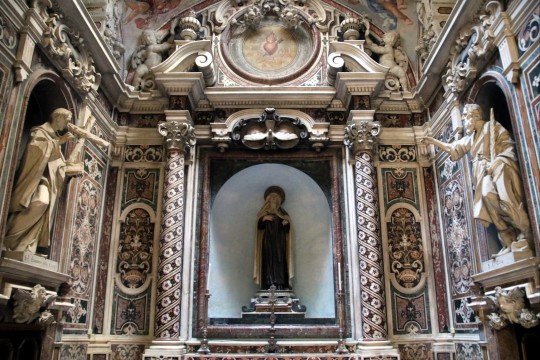
Cosimo Fanzago, Cappella di Santa Teresa d'Avila (1640), transetto sinistro, Chiesa di Santa Teresa degli Scalzi, Napoli.
#Cosimo Fanzago#napoli#naples#art history#art#baroque art#seicento#17th century#barocco#baroque architecture#campania#santa teresa degli scalzi
85 notes
·
View notes
Text
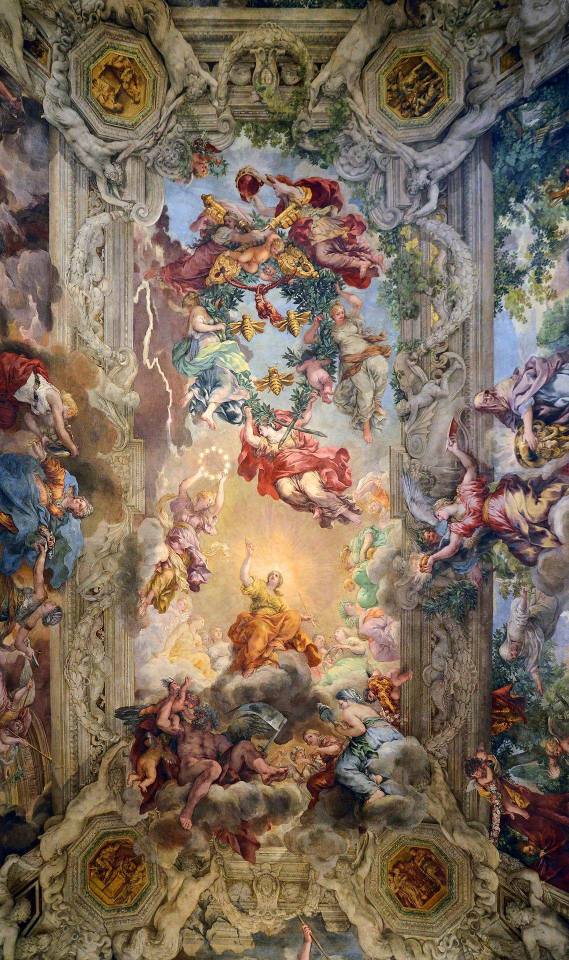

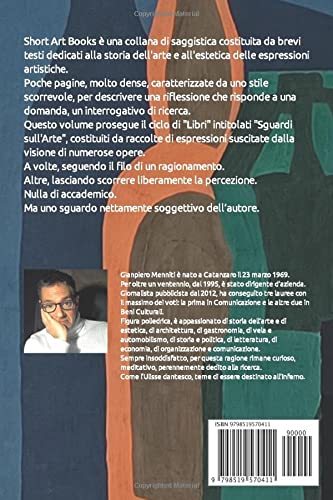

Da: SGUARDI SULL'ARTE LIBRO SECONDO - di Gianpiero Menniti
IL BAROCCO INCOMPRESO
Come pochi altri, il Barocco è un movimento artistico grandioso in tutte le sue espressioni: nella pittura, nella scultura, nell'architettura, nella letteratura.
Grandioso perché attento alla scena, prorompente, curata in ogni dettaglio.
Grandioso nelle sue geometrie espansive, dinamiche, insofferenti alla rigidità.
Grandioso nell'immaginazione, nel talento creativo dell'illusione che apre lo spazio e genera profonde sensazioni.
Non ha nulla di frivolo o di artificiale il Barocco.
Semmai è alla ricerca, nella leggerezza delle linee, delle tracce di un sentimento infinito, intensamente "umanista", intimamente libertario.
Riuscendoci.
E incantando.
- Pietro da Cortona (1596 - 1669): "Trionfo della Divina Provvidenza", 1633-1639, Palazzo Barberini (Roma)
- Andrea Pozzo (1642 - 1709) "Trionfo di Sant'Ignazio", 1685, Chiesa di Sant'Ignazio di Loyola (Roma)
19 notes
·
View notes
Photo

Caravaggio, Medusa, 1595-1598
VS
Frans Crabbe van Espleghem, Christ as the Man of Sorrows, 1497-1552
#Frans Crabbe van Espleghem#rijksmuseum#caravaggio#michelangelo merisi#medusa#christ#man of sorrows#paint#painting#uffizi#barocco#baroque#collage#collage art#cut and paste#galleria degli uffizi#uffizi gallery#engraving#snake
85 notes
·
View notes
Text
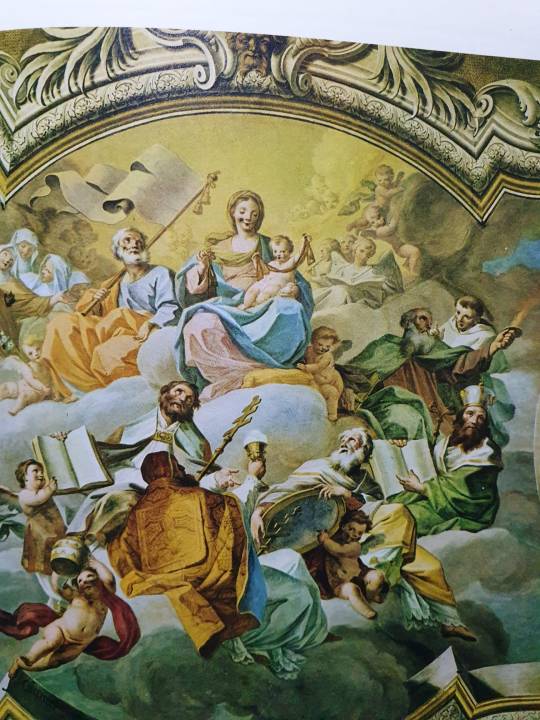

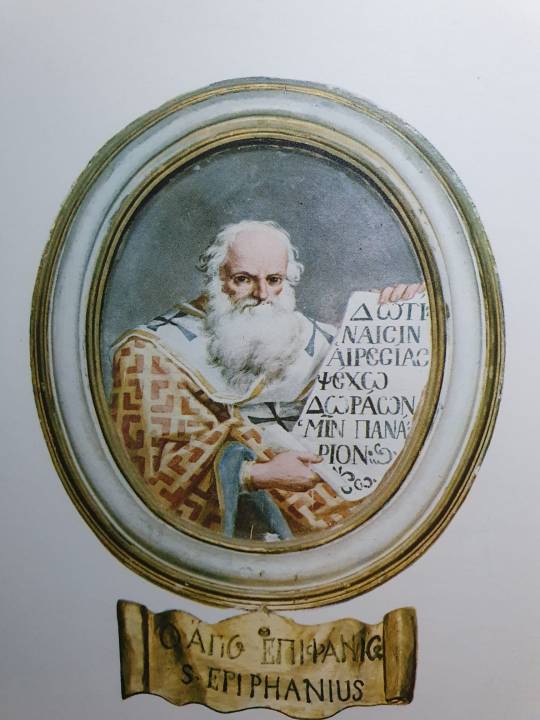
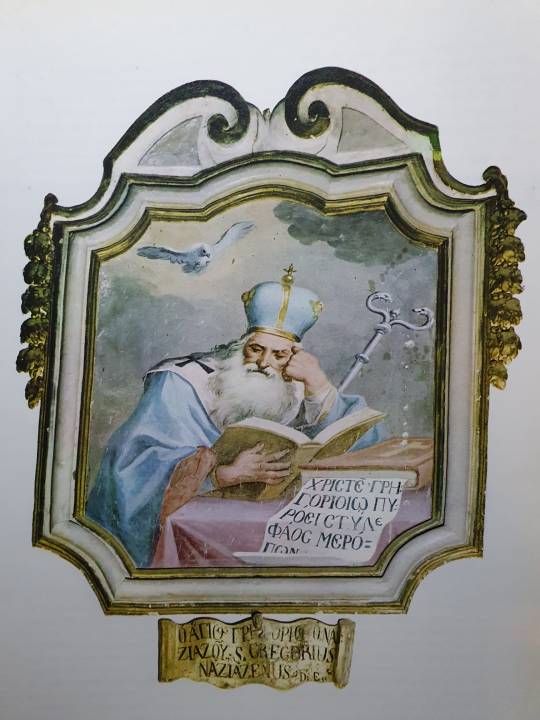




Affreschi di Olivio Sozzi (Catania 1690-Ispica 1765).
Poco prima del grande terremoto che distrusse tutta la Sicilia orientale, nasce Olivio Sozzi, uno dei pittori siciliani più grandi del suo tempo (1690-1765). Siamo in un periodo che non possiamo definire felice per l’isola che tra peste, terremoti e guerre vede le città spopolarsi o ridursi a cumuli di macerie. Eppure è un momento di grande fermento, di innovazione con l’introduzione del barocco e di rinnovamento con città ricostruite secondo dettami illuministici. Tra gli autori di questo disperato (perché nasce dalla distruzione) rinnovamento (perché ricrea e svecchia) c’è Olivio Sozzi. Come molti grandi siciliani l’artista cresce innestando sul talento e l’abilità artistica siciliani il respiro europeo formandosi a Roma. Dalla grande e classica città che stava anch’essa risorgendo nel Barocco, Sozzi acquisisce le forme, il gusto, il respiro universale. Tornato in Sicilia e uno dei motori della primavera artistica che nell’isola ripara i danni del triste inverno che aveva cancellato secoli di arte e di vicende storiche. La sua attività si svolge nelle città più ricche di allora, Palermo, Catania, Messina e nelle loro province spaziando dagli affreschi presso le iconiche chiese ortodosse della provincia Palermitana, fino alle rinascenti grandi chiese e cattedrali del siracusano e del catanese. Sozzi non ha l’aerea gioiosa bellezza del Borremans, con le sue leggiadre sante di bell’aspetto e i suoi cieli infiniti, è più formale, più iconico e tradizionale. Ma le sue madonne hanno l’eleganza e la perfezione dei classici, esaltano la luminosa concezione che il bello sovrasta ogni imperfezione ed orrore che la vita o la natura potrebbero darci.
Frescoes by Olivio Sozzi (Catania 1690-Ispica 1765).
Shortly before the great earthquake that destroyed all of eastern Sicily, Olivio Sozzi was born, one of the greatest Sicilian painters of his time (1690-1765). We are in a period that we cannot define as happy for the island which, between plague, earthquakes and wars, sees the cities depopulated or reduced to piles of rubble. Yet it is a time of great turmoil, of innovation with the introduction of the Baroque and of renewal with cities rebuilt according to the dictates of the Enlightenment. Among the authors of this desperate (because it arises from destruction) renewal (because it recreates and rejuvenates) is Olivio Sozzi. Like many great Sicilians, the artist grew up by grafting the European flavor onto Sicilian talent and artistic ability, training in Rome. From the great and classical city which was also resurrecting in the Baroque, Sozzi acquired the forms, the taste, the universal breath. Having returned to Sicily, he is one of the driving forces of the artistic spring that repairs the damage of the sad winter on the island which had erased centuries of art and historical events. His activity took place in the richest cities of the time, Palermo, Catania, Messina and in their provinces, ranging from frescoes in the iconic Orthodox churches of the Palermo province, to the resurgent large churches and cathedrals of Syracuse and Catania. Sozzi does not have the airy joyful beauty of Borremans, with his graceful good-looking saints and his infinite skies, he is more formal, more iconic and traditional. But his madonnas have the elegance and perfection of the classics, they enhance the luminous concept that beauty surpasses every imperfection and horror that life or nature could give us.
10 notes
·
View notes
Text



desine meque tuis incendere teque querellis
#foto#fotografia#scatti#photo#photography#lettura#foto mie#moominvalley#moomin#moomintroll#moomin fanart#baroque architecture#eneide#virgilio#baroque#barocco#basilique#art#church
45 notes
·
View notes
Text
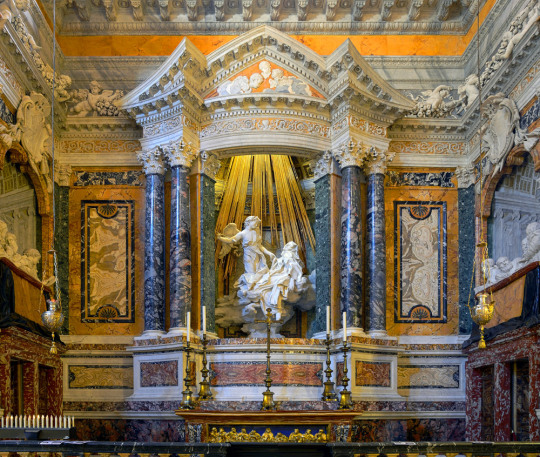
Poi mi spiegate come fate a vivere se non avete mai visto la transverberazione di Santa Teresa
7 notes
·
View notes
Text

Rogliano, Calabria, Italy
Photo by @alessandroantoniob
Follow us on Instagram, @calabria_mediterranea
#rogliano#calabria#italy#italia#south italy#southern italy#italian#mediterranean#europe#italian landscape#italian landscapes#architecture#barocco#art#church
102 notes
·
View notes
